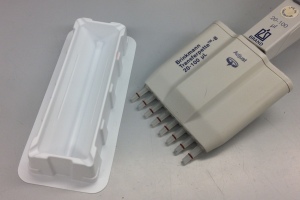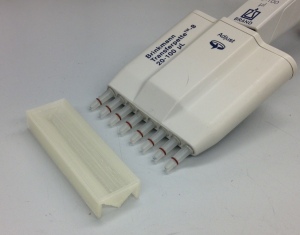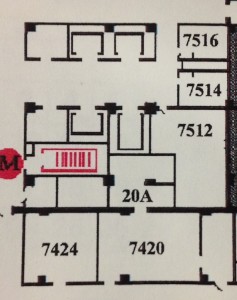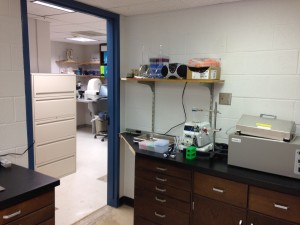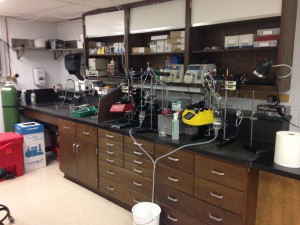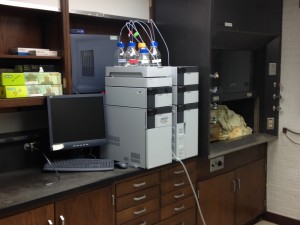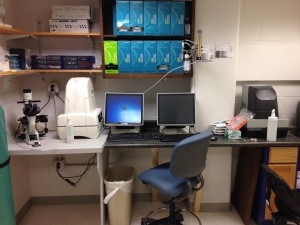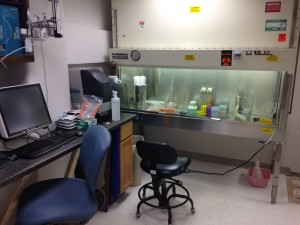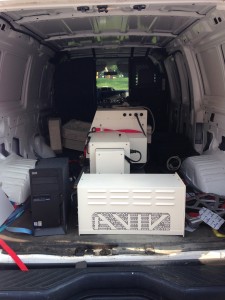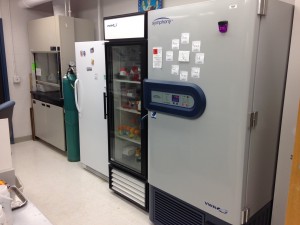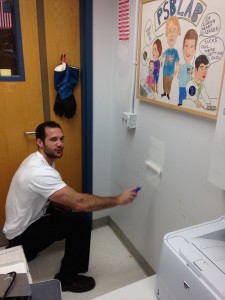About 6 months ago I wrote this post, about the trouble I was having in getting 3 problem papers by a single author dealt with by journals. The author in question was Gizem Donmez of Tufts University, who in 2013 threatened to sue me for defamation based on the things I had written about her science. The papers were:
J. Biol. Chem. 2012;287;32307-32311; PMID22898818 – Retracted July 2013
Cell 2010;142;320-332; PMID20655472 – Retracted this week
J. Neurosci. 2012;32;124-32; PMID22219275 – Still intact
As you can see from the 2nd entry there, the Cell paper has now been retracted. While this is indeed good news, it is by no means indicative that all is well in the world. In-fact, the story of how this played out indicates deep problems at Cell. Here’s the time-line…
August 2012 – Original email by me to Cell using a pseudonym. The anonymous contact who sent me details of these papers to blog about also indicated they had contacted the journal. No responses were received despite multiple emails. Attempts to contact Dr. Donmez’s Institutional Research Integrity Officer and Department Chair were also ignored.
September 2012 – Papers were blogged about on my now defunct site-that-must-not-be-named. Numerous emails with links to the blog post were sent to all interested parties, including the Ellison Medical Foundation which had just awarded Dr. Donmez a prestigious “New Scholar in Aging” award, largely on the basis of work published in these papers. To date, Ellison has refused to engage in any conversation regarding the integrity of data used in her award application. The ORI was also informed, and to the best of my knowledge their investigation is ongoing.
September 2013 – I contacted Cell again using my real name, reiterating my concerns. Cell responded 2 months later, saying this.. “Despite some apparent superficial similarities, upon extensive examination we were unable to find any compelling evidence for manipulation or duplication in those panels and therefore are not taking any further action at this time.” The email came from Sri Devi Narasimhan, an editor at Cell who trained with Heidi Tissenbaum at UMass, who in-turn trained in the lab’ of the paper’s senior author (who also happens to be on Cell‘s editorial board).
January 2014 – I complained to Cell about this rather obvious appearance of conflict-of-interest, and blogged about it here. Over the course of the next month, several attempts were made to contact Cell, including numerous promises from Editor-in-Chief Emilie Marcus’ assistant that she would get back to me. That never happened. To date I have received no communication whatsoever from Dr. Marcus regarding these issues.
February 2014 – I decided to involve the Committee on Publication Ethics, COPE. There ensued many emails to establish correct procedures for raising a formal complaint (TL/DR – one must ensure all avenues at the journal have been exhausted before COPE will take on a case. This is easy – when a journal’s EiC goes incommunicado, all avenues are exhausted). The full text of my complaint about Cell is here, (minus all the attachments) but it really boils down to the following…
In refusing to initially respond to an anonymous correspondent, and then further refusing to respond to emails and follow up requests for more information using my real identity, the journal breached Code Section 15.1 “Editors should respond promptly to complaints and should ensure there is a way for dissatisfied complainants to take complaints further”.
In assigning a misconduct investigation to a staff member who is a trainee of a trainee of the lead author of the paper in question, the journal breached Code Sections 2.1 “Duties include informing readers about steps taken to ensure that submissions from members of the journal’s staff or editorial board receive an objective and unbiased evaluation” and 17.1 “Editors should have systems for managing their own conflicts of interest as well as those of their staff, authors, reviewers and editorial board members”.
March to July 2014 – I made numerous attempts over the past few months to find out what’s going on at COPE and at Cell. While I don’t wish to reproduce all the emails at least 26 of them over the course of 6 months), the gist of the conversation is as follows:
Me: What’s going on?
COPE: We contacted the publisher
Me: Why the publisher? It’s the editor I’m complaining about.
COPE: Although the editors looked into your case, the publishers had not yet completed an investigation. Elsevier told us they’re still looking into it. We’ve been pushing hard on this for the past few weeks.
COPE: The editors are now investigating the 2nd round of concerns you raised in your blog post.
Me: So let me get this straight. There are actually 4 investigations – one each for the editors and the publishers, and one for each round of allegations. So far after 2 years, only 1 of these 4 is complete and the outcome was “unable to find any compelling evidence”.?
COPE: Yes. We’ll keep you posted.
August 2014 – Someone (not me) recently revived the PubPeer thread on this paper, independently “rediscovering” the various image problems within it.
August 12 (yesterday) – Finally, the paper has been retracted, with a rather detailed retraction notice indicating a LOT of image problems. I want to compare and contrast the statement from the Cell editor further up the page with the retraction notice…
Cell editor Jan’ 14. “Despite some apparent superficial similarities, upon extensive examination we were unable to find any compelling evidence for manipulation or duplication”.
Cell editors Aug’ 14. “It has come to our attention that several figures in the paper contain images in which gel lanes were spliced together without appropriate indication. There are also instances of image duplication”.
Given the first statement, you really have to ask if the Cell editorial team is living in an alternate universe, where the term “extensive” means half-assed? It’s also somewhat troubling that there’s been no formal contact from the journal to the person who actually raised the complaints. Although there’s no precedent or requirement for such, you’d think as a matter of courtesy that a journal would formally notify a correspondent of an impending retraction, rather than just have them learn about it via social media. But, we already know basic manners aren’t a strong suit at Cell, so no big surprise there.
What next?
At this point, I have not been contacted at all by COPE, so I’m assuming their investigation into potential breach of code-of-conduct at Cell is still ongoing. Given that Cell and Elsevier are two of COPE’s biggest customers/subscribers, I can imagine there’s rather a lot of pressure on COPE to make this story go away. Let’s hope that doesn’t happen – Cell screwed up really badly here and if heads don’t roll then this case becomes yet another indicator of how corrupt the academic publication system really is.


